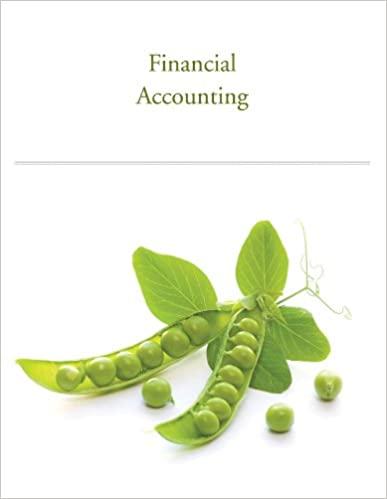Question
Case Study: Cost Accounting for Operational Efficiency and Decision-Making Introduction: Cost accounting plays a pivotal role in helping organizations manage and optimize their financial resources.
Case Study: Cost Accounting for Operational Efficiency and Decision-Making
Introduction: Cost accounting plays a pivotal role in helping organizations manage and optimize their financial resources. This case study delves into the realm of cost accounting, examining its significance in operational efficiency and decision-making within a business context.
Cost Classification and Allocation: In cost accounting, costs are classified into various categories such as direct costs, indirect costs, variable costs, and fixed costs. Understanding these classifications enables businesses to allocate costs accurately to products, services, or departments. For instance, direct costs like raw materials can be directly traced to a specific product, while indirect costs like overhead may be allocated based on a predetermined formula.
Job Order Costing in Manufacturing: For manufacturing businesses, job order costing is a common approach in cost accounting. This method involves assigning costs to specific production batches or jobs. This allows companies to determine the cost per unit of a product, aiding in pricing decisions and assessing profitability. Through job order costing, businesses can identify areas where cost reduction measures may be implemented.
Activity-Based Costing (ABC): Activity-Based Costing is another valuable tool in cost accounting that provides a more accurate allocation of overhead costs by linking them to specific activities. This method enhances cost visibility and helps organizations identify the true drivers of costs. ABC is particularly beneficial when traditional costing methods may not reflect the actual resource consumption patterns.
Cost-Volume-Profit (CVP) Analysis: Cost-Volume-Profit analysis assists in understanding how changes in costs, volume, and prices impact a company's profitability. By examining the relationships between these factors, businesses can make informed decisions about pricing strategies, production levels, and break-even points. CVP analysis is crucial for strategic planning and evaluating the financial implications of various business scenarios.
Case Study Question: In the context of cost accounting, which method is particularly useful for manufacturing businesses to determine the cost per unit of a product and make informed pricing decisions?
a) Activity-Based Costing (ABC) b) Job Order Costing c) Cost-Volume-Profit (CVP) Analysis d) Traditional Costing
Step by Step Solution
There are 3 Steps involved in it
Step: 1

Get Instant Access to Expert-Tailored Solutions
See step-by-step solutions with expert insights and AI powered tools for academic success
Step: 2

Step: 3

Ace Your Homework with AI
Get the answers you need in no time with our AI-driven, step-by-step assistance
Get Started


